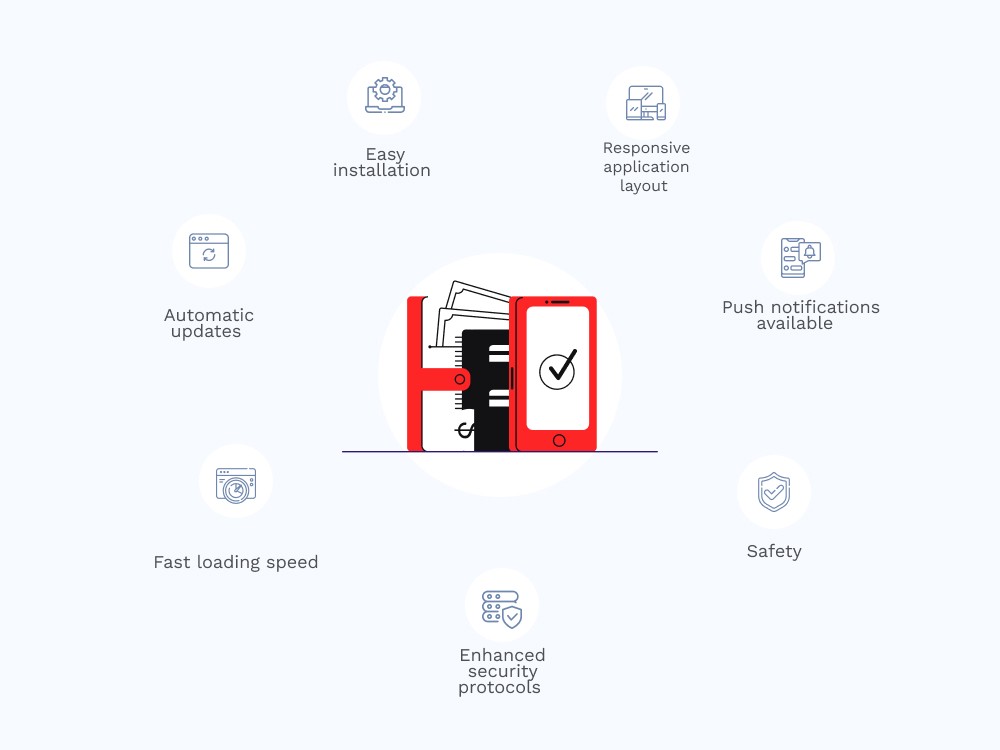Nowadays, the online market is oversaturated with a global bank of ideas, and investors have a solid understanding of the potential of emerging companies. Having an idea is not enough anymore. People don’t believe in just a vision without execution and at least some results already. To attract an investor’s attention, you should have the right combination of:
- A motivated, proactive team
- A clear idea that solves a real problem
- A working app prototype with real users
While the team and idea are self-explanatory, the prototype raises a lot of questions. A prototype is a small version of the app that shows how your idea will look and feel in real life. The primary purpose here is to demonstrate that your idea will solve user problems in the most efficient way.
Now comes the question: ‘How to build a prototype?’ For a startup, getting even the initial budget is a huge concern, not to mention extra expenses on a prototype. However, thanks to creative engineers, Google support, and the global, fast-paced technological progress, something valuable was born — the Google Firebase platform.
This article will explain how we at OSDB help startups validate their hypotheses about web apps using Firebase SaaS to deliver applications to our customers quickly. We will also cover Firebase disadvantages and benefits as well as try to answer the questions why to use and why not to use Firebase.

What Is Firebase and Why Use It?
Firebase is a software development platform offered by Google. It helps to quickly build web applications without managing infrastructure. Before we discuss the pros and cons of using Firebase, let’s cover its best features. Basically, it consists of dozens of helpful services inside, including but not limited to:
- Authentication — for sign up, sign in.
Firebase Authentication offers an array of methods of authentication such as email, password, and others. Firebase provides a comprehensive SDK tool including UI libraries to build a custom interface as well as open-source UIs that you use.
- Hosting — to serve your web app for users globally.
The platform also gives you access to a convenient hosting service for your static files.
- Cloud Firestore — real-time database with a user-friendly admin dashboard.
The real-time database makes sure the application remains usable even in case of Internet connection loss. It stores and synchronizes data using a NoSQL database and updates information in real time.
- Cloud Storage — suitable for storing media content like images, files.
Firebase Storage opens up an easy way of storing binary files like images directly from the user to Google Cloud Storage.
- Cloud Functions — scalable solution to process data and virtually call any other actions.
Scalability has become very important, and Firebase makes sure that your code can stay the same from your first to your millionth user. It calculates the minimum necessary number of updates to keep your users in sync by using linear upscaling.
But what is Firebase used for? The purpose of the platform is to provide a Backend-as-a-Software solution for mobile and web-based apps. BaaS helps developers build, test, and manage applications by eliminating backend databases.
At OSDB, we understand the value of Firebase and use its features to the fullest to deliver the best to our clients. But before we delve into Firebase pros and cons as well as Firebase benefits, let’s first agree on some points:
- You are an entrepreneur with an idea for a startup.
- It is the time to build an app for you — a web app that is available via browser for anyone with the internet.
- Core features are known — ideally, you already have some design mockups.
- Your budget is minimal, so efficient development costs are very important.
- Your app should have a unique, customized look and feel.
- Your app should perform equally well for tens or thousands of people.
If you recognize yourself in that description, we have a solution for you — bespoke app development using Firebase. What are the strengths of this platform and when not to use Firebase?
Benefits of Firebase
Now you know the main features of the platform and what we appreciate it for. But what are the main Firebase advantages? Do the advantages of using Firebase override the potential disadvantages?
Database
The platform’s NoSQL database ensures that all data is safely stored in collections and documents. The database, Firestore, is non-relational, which is famously better for storing large amounts of data while maintaining a significant performance level as they are more flexible and scalable. Firestore makes it especially easy to create chats between users and display the user’s latest changes to everyone else (imagine an app like Google Docs or Google Drive where you need to know when the last edit was made).
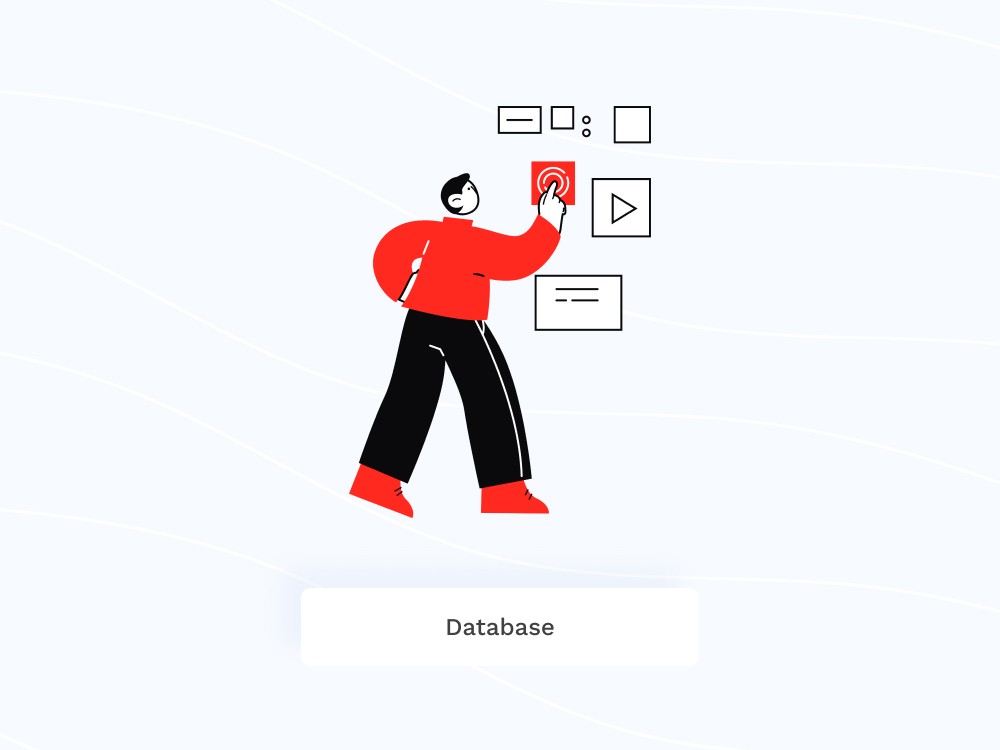
Faster Development
Firebase offers a set of pre-requisites of backend development, making the entire development cycle shorter and simpler. A frontend developer can obtain specific backend data and integrate it with the Firebase suite. Thus, you reduce the overhead costs and eliminate or at least minimize dependency-based challenges.
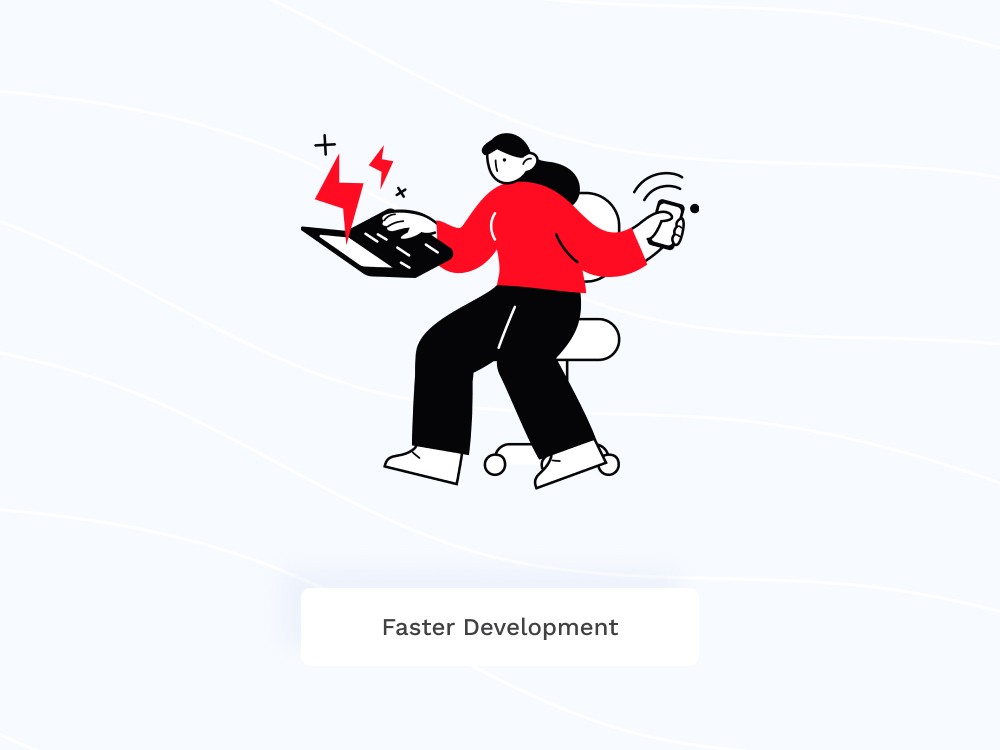
Personalization
Since Firebase belongs to Google, it can easily integrate with its products like Google Analytics. This tool helps you monitor user behavior and apply the collected data to make the application more personalized. By analyzing customer behavior, you can make decisions about adding new features and thus improve customer experience and retention.
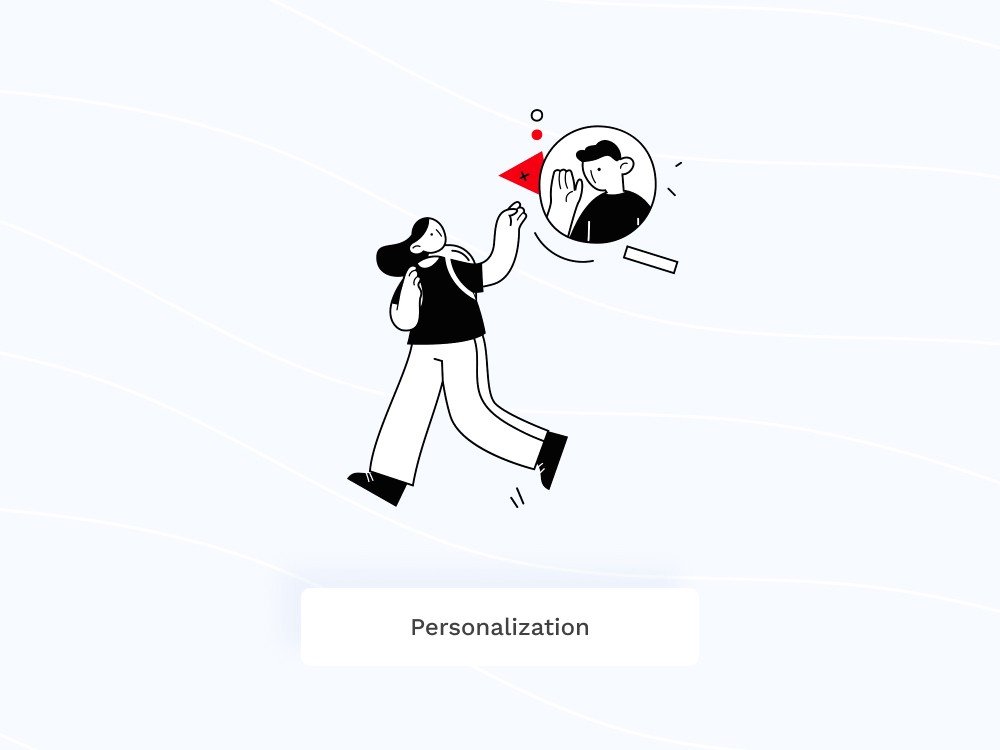
Pricing Models
Firebase offers three plans depending on your current progress and long-term goals.
- Spark is a free plan with limited basic features and resources.
- Flame starts at $25 per month and offers a wider variety of options. This plan is better suited for applications that have already received the first traction from users.
- Blaze is the pay-as-you-go plan that allows scaling up and down as you go.
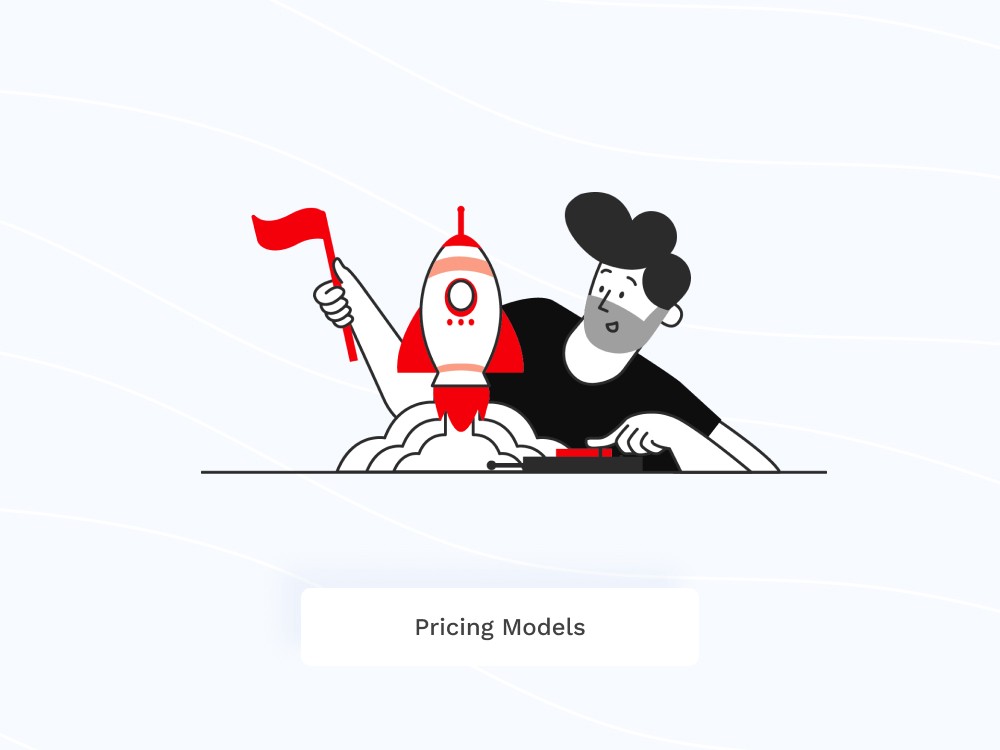
Cost-Effectiveness
By eliminating dependencies among developers and maintaining the tasks of frontend coders with Firebase services, you shorten the time-to-market and inevitably cut expenses. Not only for hiring less workforce but also for preventing possible bugs and errors.
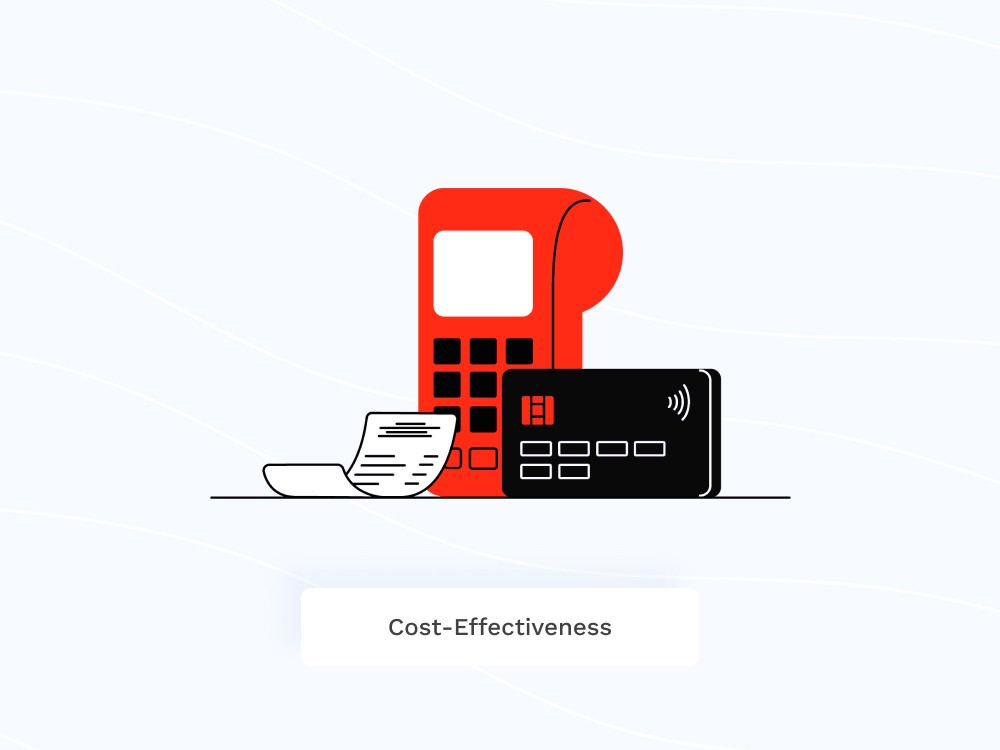
Community
Firebase has a large following in the IT community and offers sufficient technical documentation. Even if you are new to this platform, you will easily find answers to your inquiries, both in the official documentation or online communities like GitHub. Roughly 1.5 million applications have been created using Firebase, which opens the door to a large community of experts.
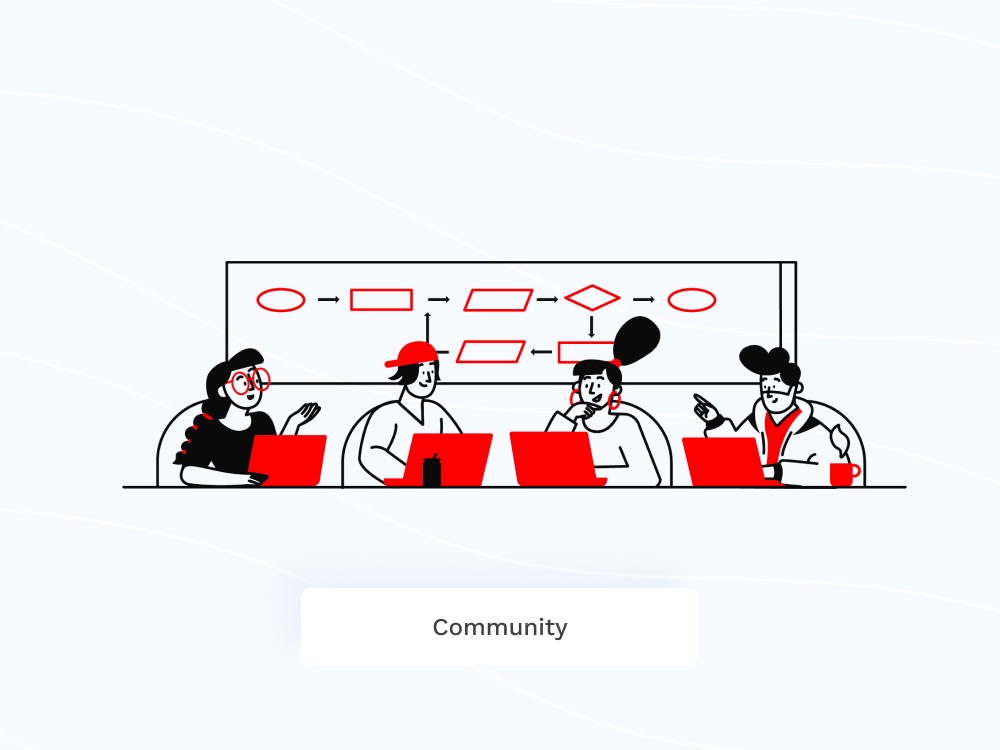
Ease of integration
The extensive documentation, pre-made APIs, simple UIs, and other great features simplify the integration and setup. Starting using Firebase to build applications without the necessity of making complex configurations makes one of the benefits of Firebase.
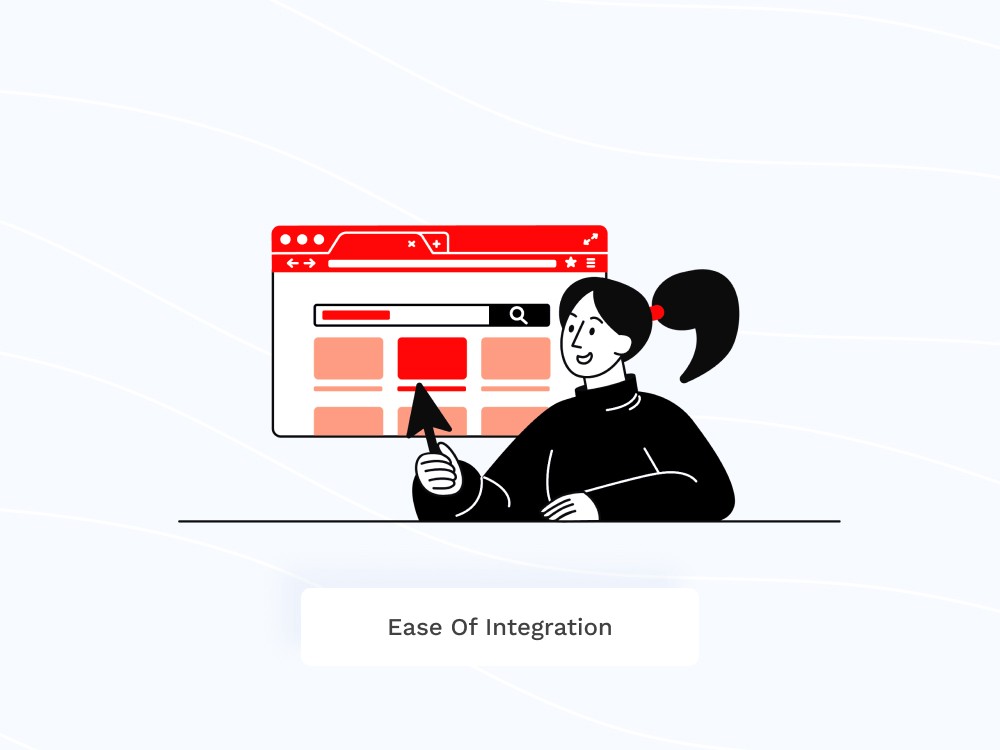
Push Notifications
Firebase cloud messaging lets developers enable push notifications to let customers know about their promotions and just anything interesting you would like to share. This feature works great for a SPA (Single Page Application), like Facebook’s feed, that automatically updates the page without forcing users to reload.
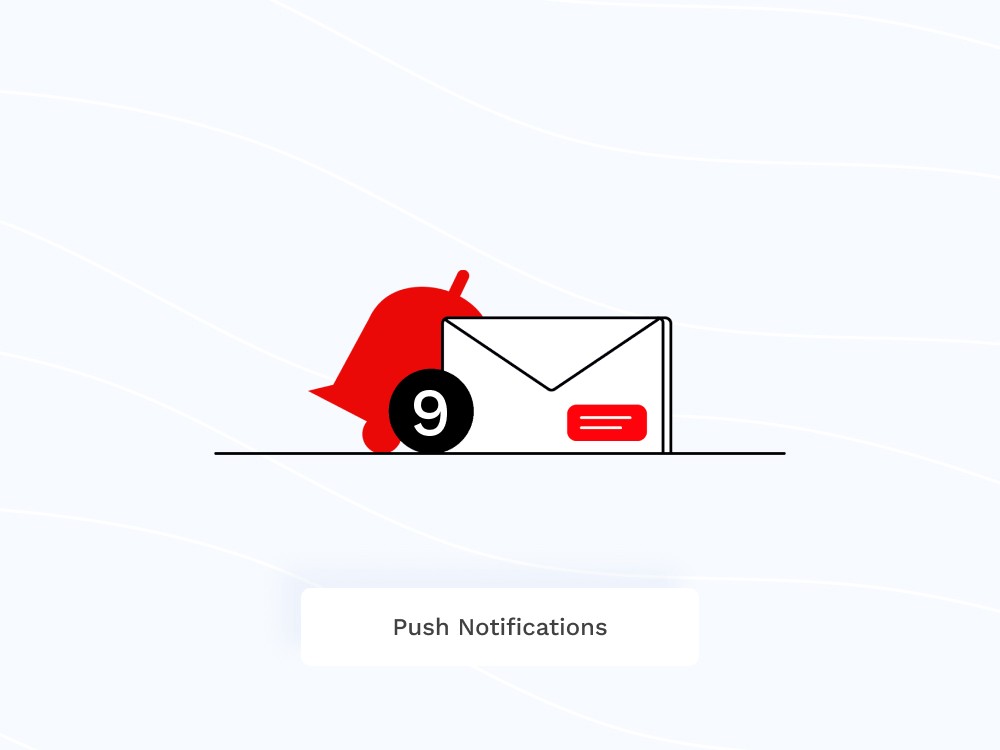
Pros and Cons of using Firebase
The primary benefits are clear, but when does it make sense to use Google Firebase? Is it always a good idea, or does it have certain limitations? Let’s discuss the pros and cons of Firebase.
Pros and cons of Google Firebase
| Pros | Cons |
| Database capabilities | Limited querying capabilities |
| A wide range of services and features | Limited data migration |
| Free basic plan | Platform-dependence |
| Concise documentation | Android centered |
| Quick and easy integration and setup | Less support for iOS |
Now, after establishing the main advantages and disadvantages of Firebase, let’s figure out in which case you will benefit from implementing this platform and in which you will not gain anything good.
When to use Firebase
To share data
If you intend to share data with customers across the world, Firebase is a great choice. Since it offers a great storing solution, the information from it can be easily allocated to users.
To handle less than 1 million connections
Since Cloud Firestore can process 1 million concurrent connections, an app with limited sorting and filtering queries would benefit from this solution.
To build simple apps
Firebase is a perfect platform for building an application that requires a bare minimum of options for integration with third-party tools and services as well as apps that do not need to process a lot of information or enable complex authentication requirements.
To implement real-time features
Firebase allows you to use real-time features like notifications, chat, or real-time feed without altering any other parts of the code. For example, the streaming platform Twitch uses Firebase.
To deliver faster
As mentioned before, Firebase shortens the development cycle, including the development prototypes and MVPs.
To integrate with helpful tools
Firebase can be integrated with tools like Data Studio, Google Ads, BigQuery, AdMob, and Play Store, which will boost your efficiency. By default, it integrates with Google Analytics that ensures a better user experience and smarter marketing decisions.
When not to use Firebase
To handle complex queries
Firebase is not made for processing complex queries as it relies on a flat data hierarchy. Complicated queries like reversing the order of certain items cannot be executed using Firebase.
On top of that, even when you go offline, your app might begin to underperform due to the concurrency. As a result, your application shows inconsistent performance and loses customers.
Examples: Enterprise resource planning, Multi-workspace multi-user SaaS.
To never share data with third-party tools
Firebase offers a limited set of security standards and rules and focuses on sharing data across platforms and users. If you do not intend to use this feature, do not consider Firebase as your backend.
To integrate with microservices
Firebase caches data in memory, which slows down the processes over time. This is why you should not use Firebase if you plan to integrate microservices.
To perform BI functionalities
Business intelligence solutions are not supported here; therefore, you should not use Firebase if you need to make BI calculations.
To skip idea validation
When you don’t need to validate your ideas and are ready to begin programming your application.
To ensure high data integrity
Firestore does not guarantee data integrity because it has very dynamic data structures similar to JSON — free of form since it is a NoSQL database. Therefore, you cannot constrain your data on the database level and keep the business logic on the code level. Bugs are inevitable, hence, at some point, something will not be handled properly, and data will become messy.
Our Experience
OSBD is a software development company that focuses on startups. Being a startup ourselves, we understand what you are going through and are ready to assist you. Our main specialty is idea validation, such as building MVPs, prototypes, and PoCs. Based on the outcomes of our collaboration, we will optimize your budget and simplify the development. We know first-hand how and why use Firebase and what impact it will have on your application.
Final Thoughts
The very first task is to understand what your application needs and analyze its core functionalities. Its scaling capabilities, the complexity of queries, frequency of updates, and other factors all play into your decision. So, ‘What is Google Firebase used for?’ Hopefully, our guide helped you understand, and now you are ready to decide whether the disadvantages of using Firebase override the benefits. If you still have questions you would like to address to Firebase experts, contact OSDB and fire away. We are ready to answer your inquiries during consultation and elaborate

